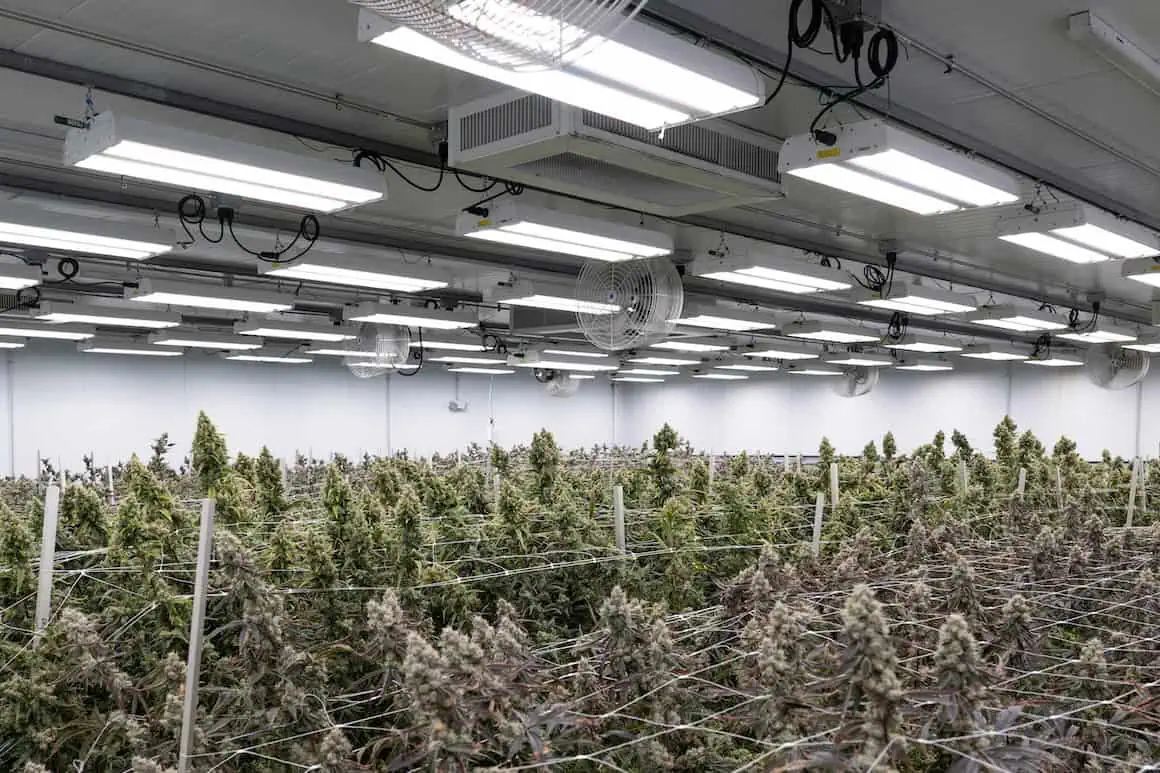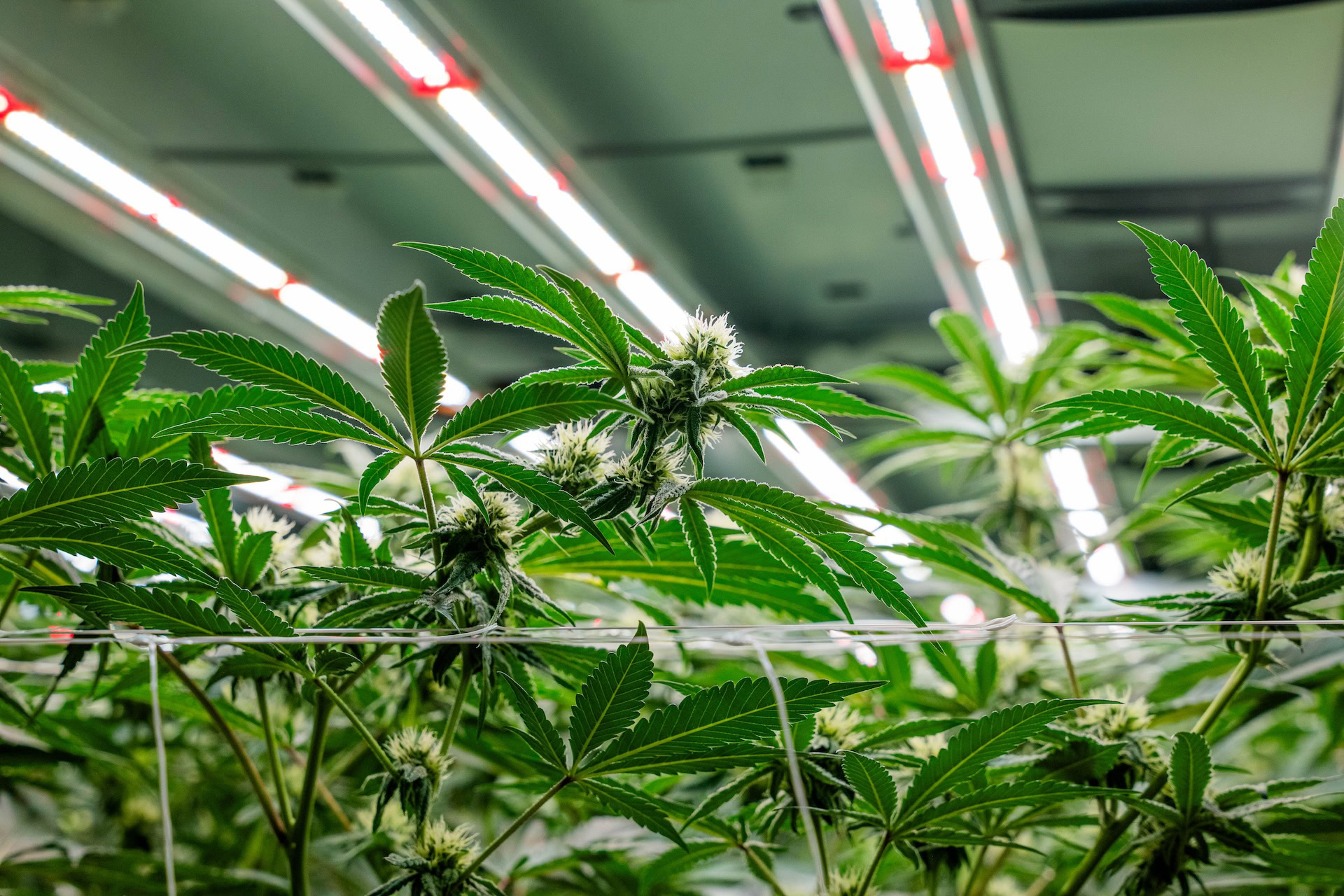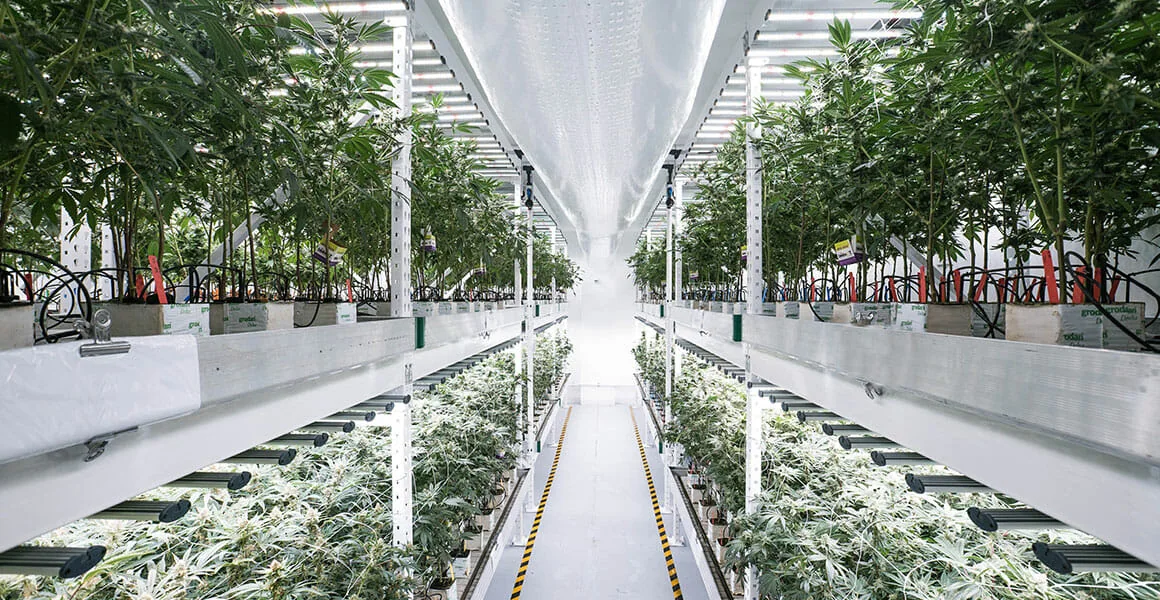Maximizing Efficiency in Cannabis Cultivation: Insights from Dave Hawley & Travis Higgenbotham
- Posted on
- by Fluence Bioengineering
Table of Contents
The cannabis industry is evolving at an unprecedented pace, and with that evolution comes the need for cultivators to refine their operations for efficiency, sustainability, and profitability. At the Fluence booth, Dr. David Hawley, Principal Scientist at Fluence, sat down with Travis Higgenbotham, founder of Due Diligence Horticulture, to discuss how cannabis cultivators can adapt to changing market demands and economic pressures. Here are some key takeaways from their conversation.
Optimizing for Profitability: The Four Pillars of Cultivation
With a background in traditional horticulture, Higgenbotham brings a unique perspective to cannabis cultivation, emphasizing the importance of efficiency. He highlights four key pillars that growers must consider: unit time, unit area, unit yield, and unit energy.- Unit Time: Reducing the time required for cultivation cycles can increase the number of harvests per year, improving efficiency and profitability. For example, shortening flowering cycles from 10 weeks to 7.5 weeks while maintaining yield enables cultivators to maximize production per square foot annually.
- Unit Area: Maximizing the use of available growing space helps cultivators produce more per square foot, enhancing output without expanding facilities. Efficient spatial management is key to reducing wasted resources.
- Unit Yield: Implementing techniques to increase yield per plant, such as optimizing light exposure and nutrient strategies, ensures higher returns. Strategic planning in plant density and care can significantly impact output.
- Unit Energy: Managing energy consumption efficiently, especially given the high costs in some regions, helps reduce operational expenses and improve sustainability. According to Higgenbotham, “We have a facility in Maryland where the cost per kilowatt hour is six cents, and then we have a facility in Desert Hot Springs, California, where it can go as high as 85 cents. Energy efficiency is key to surviving in this industry.”


